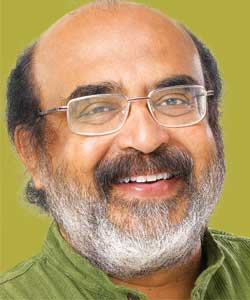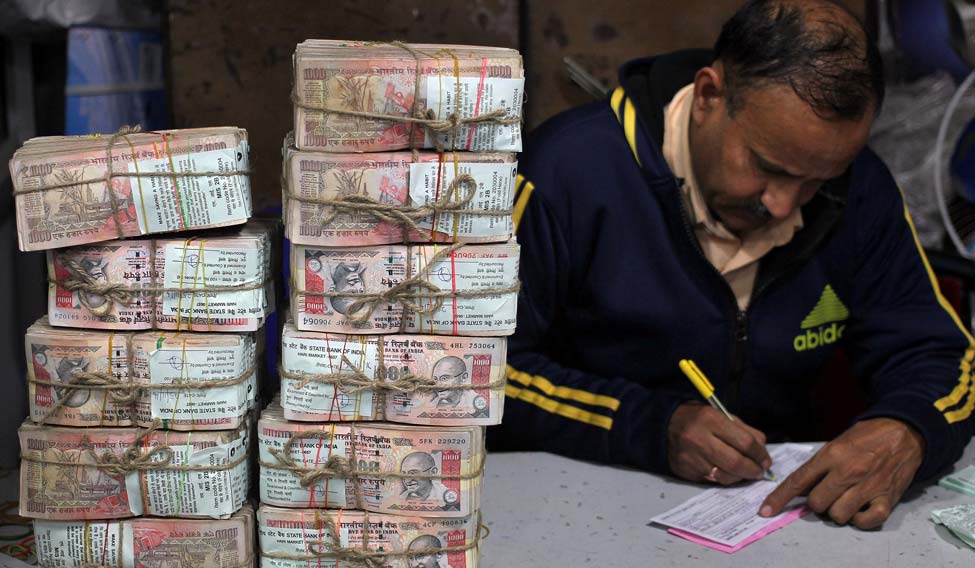Why was note ban a crazy idea? The demonetisation surgical strike sucked out 86 per cent of the currency at one stroke and took nearly a year to replenish the same. Initially, for two to three months, serpentine queues in front of banks and empty ATMs, agony, pain and around 140 deaths stalked the citizens of India.
 T.M. Thomas Issac
T.M. Thomas Issac
So what happened to the black money? I am reminded of the story of fishes and crocodile in a pond. They were bitter enemies. When the pond owner decided to drain the pond to catch the crocodile, the fishes came out in support of the owner. But the result was all the fishes died and the crocodile survived as it could live in both water and land. In fact only six per cent of the total black money in India was kept in the form of currency notes at the time of demonetisation. The rest are hoarded in gold or invested in land and other assets or even in legitimate business. Black money is not a stock but a process through which unaccounted wealth is constantly produced.
Any student of economics knows that the level of production in an economy depends on the aggregate demand. The note ban resulted in a collapse of demand affecting the unorganized or informal sector severely. The results are there for everyone to see in the GDP growth statistics put out by the government - Q4 growth fell from 8.7 per cent in 2015-16 to 5.7 per cent in 2016-17. A loss of 3 percentage points in GDP meant loss of production of over Rs 4.5 lakh crore. The fall in aggregate demand got reflected in the job market as well, during the first four months after demonetisation more than 1.5 million people lost jobs.
But the voodoo economists believed that the rich with black money would not dare to deposit it in banks. A figure of 3-4 lakh crore rupees, it was assumed, would not return to the banks and would consequently reduce the liabilities of RBI, resulting in a windfall gain to RBI and to the central government. But what is the outcome after one year? 98.96 per cent of all specified bank notes (SBN) have already returned and RBI is still counting!
The believers of Modinomics have not lost hope. The real hunt of the black money is yet to start, they argue. Systematic enquiry into the bank deposits will unearth black money and offenders will be brought to justice. I wish luck to the 5000 to 6000 income tax officers set on this historic effort. But I have a simple question, the same question that I raised on that fateful night, wouldn’t this process were possible without demonetisation?
(The author is the Finance Minister of Kerala. The views expressed are his own)





